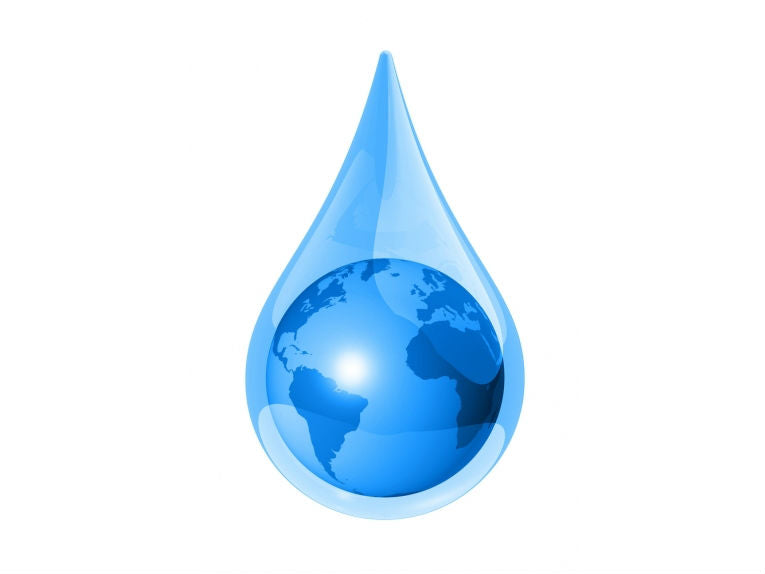Greenhouses gases are not only a modern phenomenon, they originally warmed temperatures around three billion years ago, say American scientists.
Back then, the sun was almost a third less bright than today and the planet should have been covered in ice, the researchers believe.
However, sediment records show that temperatures were actually high enough to ensure water remained liquid.
Scientists have now worked out atmospheric pressure levels by using impressions caused by ancient fossilised raindrops to discover greenhouse gases were probably responsible.
The study, which is published in the latest issue of Nature, could help pinpoint life on other planets.
Postdoctoral researcher Sanjoy Som, from NASA's Ames Research Center, at Mountain View, in California, led the research for a University of Washington doctorate about Earth and Space Sciences.
He explains, "Because the sun was so much fainter back then, if the atmosphere was the same as it is today the Earth should have been frozen.
"Setting limits on atmospheric pressure is the first step towards understanding what the atmospheric composition was then. Knowing this will double the known data points that we have for comparison to exoplanets that might support life."
Sanjoy Som joined researchers Roger Buick and David Catling from the University of Washington's Earth and space sciences; Jelte Harnmeijer, from the Edinburgh Centre for Low Carbon Innovation in Scotland and Washington civil engineering graduate student, Peter Polivka, investigated prehistoric atmosphere levels.
High pressure can caused "pressure broadening" that enables greenhouses gases to take in more radiation and heat the Earth.
By contrasting impressions made by today's rain against the fossilised impressions, the group was able to estimate atmosphere pressure levels.
Raindrops can measure up to a quarter of an inch across and nowadays fall at around 30 feet a second. Back almost three billions years ago, the atmosphere would have been thicker, so the drops would fall more slowly and leave smaller indentations.
Jelte Harnmeijer and Roger Buick filled the impressions with latex and used laser scans to provide precise measurements.
To determine the impression made by raindrops today, they dropped water from a pipette down 90feet into a tray of volcanic ash, which was a similar composition to the fossilised rock. The impressions were hardened and measured.
Sanjoy Sam found that if the largest imprints were created by the biggest raindrops, the level of pressure in the atmosphere 2.7 billion years ago could have been up to double compared with now. However, the largest raindrops are very rare, so it is possible that the pressure was equal to today, or possibly lower, which would suggest the presence of greenhouse gases rather than pressure broadening.
If the ancient Earth harboured microbes, then extroplanets, which orbit other stars, might also support forms of life, he adds.
The study was financed by NASA, the European Commission's Coordination Action for Research Activities on Life in Extreme Environments and the University of Washington's Department of Earth and Space Sciences.










